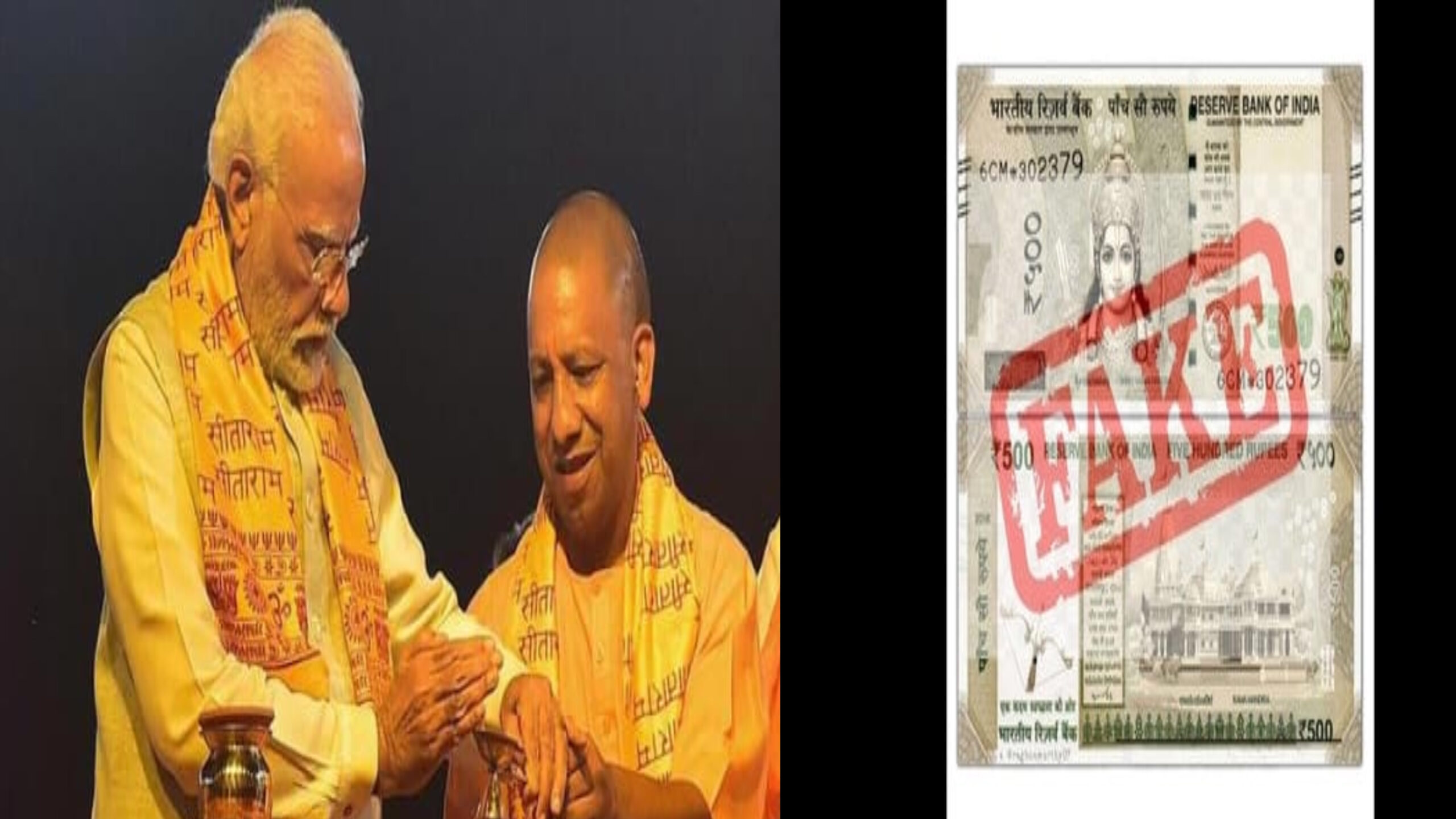The viral claim circulating on social media about ₹500 notes featuring Ayodhya’s Ram Mandir, Lord Ram, and altered images compared to Mahatma Gandhi notes is false. The image in question has been revealed as an edited creation not endorsed by its original creator. The person behind the artwork, @raghunmurthy07, clarified that their work was misused for spreading misinformation.
In response to the misinformation, @raghunmurthy07 stated, “Someone has misused my creative work to spread misinformation on Twitter. #misinformation #creativity.”
Additionally, another Twitter user, Divya Kamat, pointed out that the image was a product of creativity and not intended to be presented as actual currency notes. Kamat urged people to refrain from spreading misinformation.
To further verify the authenticity of the viral claim, an investigation was conducted by checking the Reserve Bank of India (RBI) website’s ‘Know Your Notes’ section. The examination revealed that there has been no alteration in the design of the ₹500 note. The official currency still features Mahatma Gandhi’s portrait on the front, images of the Red Fort, and a pair of glasses on the back.
This incident highlights the importance of fact-checking and not spreading unverified information on social media platforms. The ease with which manipulated images can circulate underscores the need for users to critically evaluate and verify the sources of the content they encounter online.
Misinformation can have far-reaching consequences, especially when related to sensitive topics like currency design or religious ceremonies. In this case, the false claim coincided with the date of the grand consecration ceremony of the Ram temple in Ayodhya, potentially causing confusion or concern among the public.
Instances like these emphasize the responsibility of social media users to verify information before sharing it, helping to curb the spread of false narratives. The swift response from the original creator, @raghunmurthy07, and others involved in the creative process, underscores the need for individuals to take ownership of their work and disassociate from misinformation attributed to them.
Moreover, the clarification provided by the Reserve Bank of India through its official website serves as an authoritative source to debunk the false claim. The unchanged design of the ₹500 note, as confirmed by the RBI, reinforces the credibility of established institutions in dispelling misinformation.
In conclusion, the viral claim about ₹500 notes featuring Ayodhya’s Ram Mandir and Lord Ram is debunked as false. The image circulating on social media is a manipulated creation, and the original creator has distanced themselves from the misinformation. The Reserve Bank of India’s confirmation that the design of the ₹500 note remains unaltered adds an official seal to the debunking of the false claim. This incident underscores the importance of critical thinking, fact-checking, and responsible sharing in the digital age to prevent the spread of misinformation.

